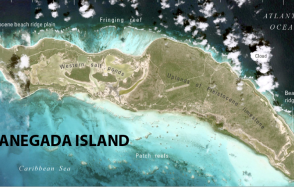After 3 years on Mars, InSight has revealed the heart of the planet!
On November 26th, 2018, NASA's InSight mission landed on Mars. In the latest episode of the webseries "SEIS, a space adventure", scientists from the InSight team at IPGP and Université de Paris explain how they have since exploited the SEIS seismometer recordings to unveil the internal structure of Mars.

Publication date: 26/11/2021
Observatories, Press, Research
Related observatories : InSight Observatory
Related themes : Earth and Planetary Interiors








